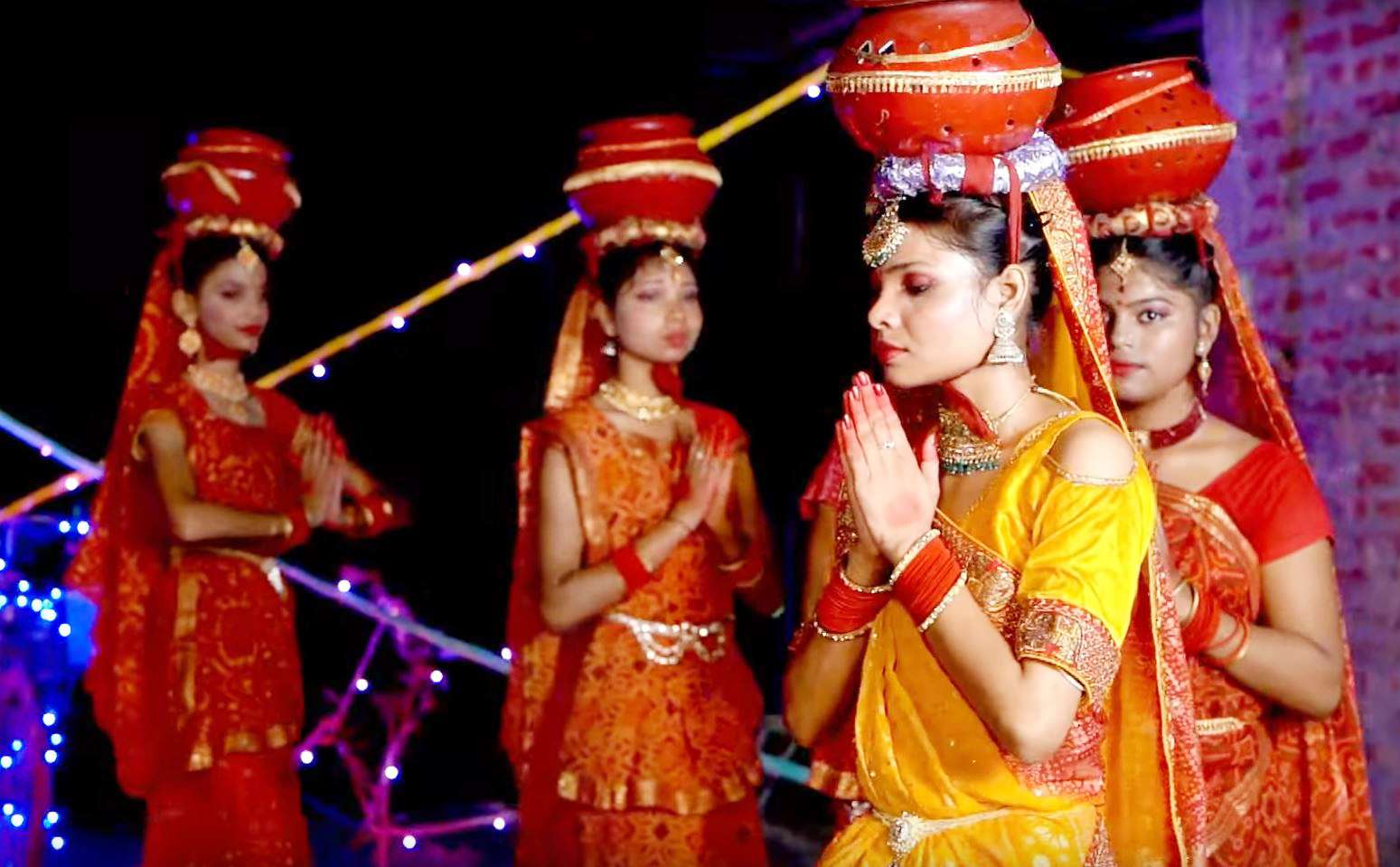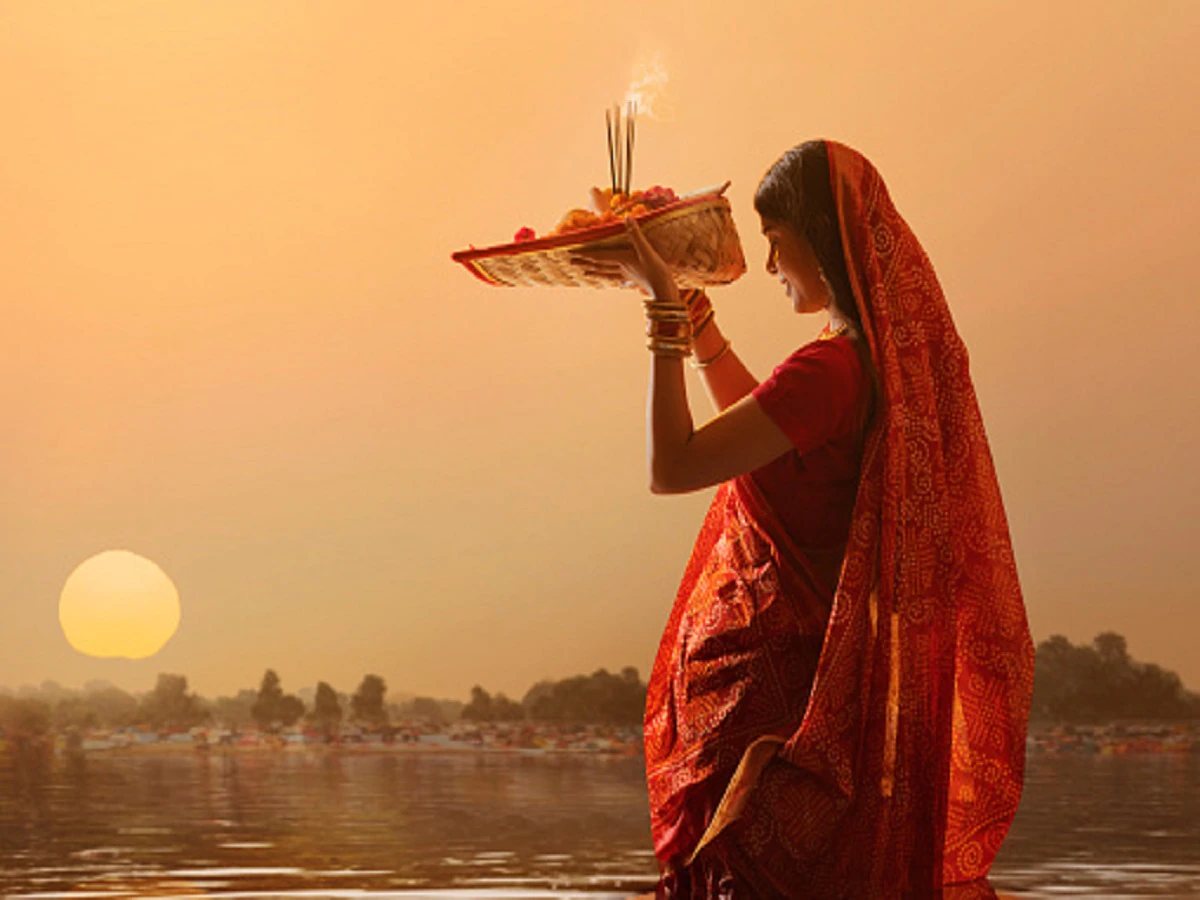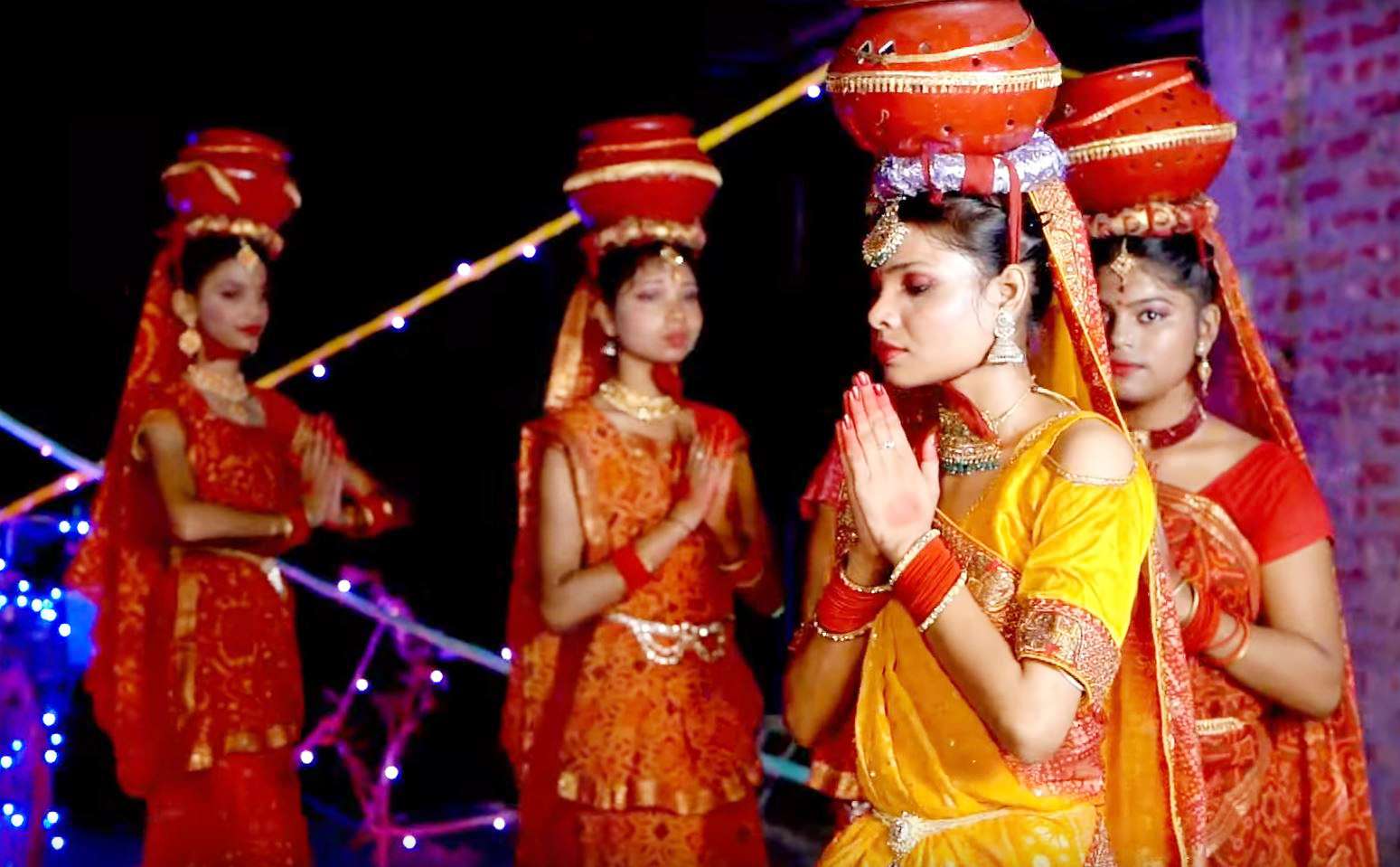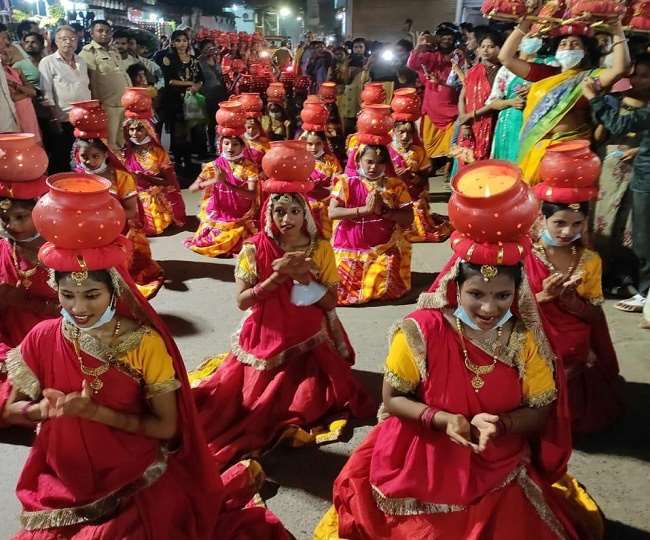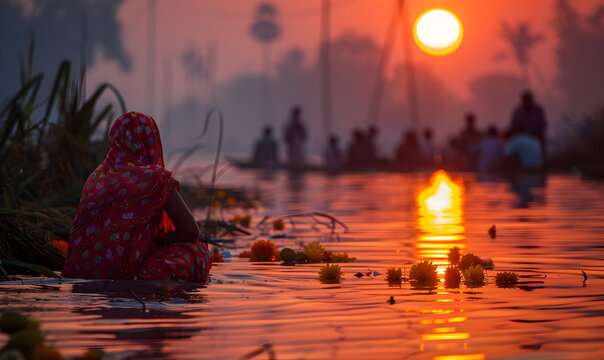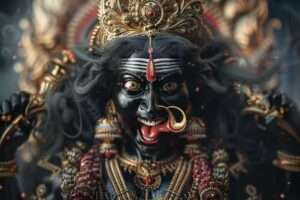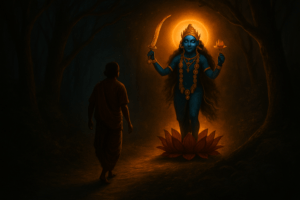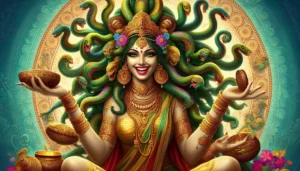Jhijhiya Folk Dance of Bihar – Celebrating Mithila’s Cultural and Spiritual Heritage
Jhijhiya, a captivating folk dance originating from the Mithila region in Bihar, is not just an art form but a reflection of deep-rooted spiritual practices and cultural identity. Primarily performed during Chhath Puja, Jhijhiya is associated with honoring Goddess Bhagwati and Brahm Baba, revered figures in Maithili spiritual tradition. Our recently released song, “Jhijhiya Chhathi Maiya,” seeks to celebrate and revive the beauty of this traditional dance while connecting audiences to the cultural heritage of Mithila.
What is Jhijhiya?
Jhijhiya is a traditional folk dance where women dance with earthen pots, decorated with small holes, placed on their heads. Inside each pot is a burning diya (oil lamp), symbolizing prayers to dispel darkness and bring blessings, protection, and prosperity. The light from the diyas represents an offering to Goddess Bhagwati, who is worshipped in Mithila , from Bihar and Nepal as a form of divine mother and protector. This dance embodies the hopes and prayers of the people, asking for divine favor and a bountiful life.
Spiritual and Cultural Significance of Jhijhiya
Historically, Jhijhiya holds a dual significance—both cultural and spiritual. It is said to be performed in dedication to Brahm Baba, an ancestral deity revered in Mithila, Bihar, Nepal and to Bhagwati, to seek her blessings and protection against adversities. During times of drought, famine, or community strife, Jhijhiya would be performed to invoke these deities for relief. Though the dance is now a joyous expression during Chhath Puja, its roots as a form of prayer are still alive in the hearts of its performers.
Jhijhiya Chhathi Maiya” – A Song Celebrating Maithili Tradition
Our song, “Jhijhiya Chhathi Maiya,” is a tribute to the people of Mithila and the spiritual dance they have preserved through generations. It honors not only the Jhijhiya dance but also the legacy of Raj Darbhanga and King Kameshwar Singh, who were patrons of Maithili culture. The song blends traditional folk sounds with modern beats, aiming to bring this dance to a wider audience and inspire them to appreciate Mithila’s rich traditions.
The Role of Chhath Puja and Jhijhiya in Mithila’s Cultural Identity
Chhath Puja is one of Bihar’s most important festivals, where devotees offer prayers to the Sun God and Goddess Chhathi Maiya. Jhijhiya has become a staple of these celebrations, symbolizing unity, gratitude, and resilience. By performing this dance, the people of Mithila celebrate their cultural heritage and maintain a spiritual connection with their land, embodying a legacy of faith and communal harmony.
Popular Songs To perform Jhijhiya on
JHIJHIYA | NITIN NEERA CHANDRA | NEETU N CHANDRA | SHASHANK GUPTA | PRIYA MALLICK | PRAKRITI DIKSHA
Jhijhiya || EK BHAGAVAD RA EK GITA Nepali Movie Official Song || Bipin Karki, Suhana Thapa, Dhiraj
झिझिया – Maithili Lokgeet 2017 | Geet Ghar Ghar Ke | Maithili Hit Video Songs
झिझिया स्पेशल गीत // ISHIKA BHUJEL NEW MAITHILI JHIJHIYA SONG 2024 // OFFICIAL MV //
बहुत सुन्दर विडियो||Poonam Mishra||झिझिया लोकगीत||लोकगायिका पूनम मिश्रा|| Jhijhiya lokgeet
FAQs
Q1: What is the historical origin of Jhijhiya dance?
A: Jhijhiya originated in the Mithila region as a spiritual dance performed to honor Brahm Baba and Bhagwati, especially during festivals like Chhath Puja. It evolved as a form of prayer for protection and blessings during hard times.
Q2: Why is Jhijhiya associated with Goddess Bhagwati and Brahm Baba?
A: Jhijhiya is performed in reverence to Goddess Bhagwati, the divine mother, and Brahm Baba, an ancestral spirit of Mithila. This dance is seen as a form of devotion, asking for prosperity, health, and protection.
Q3: How does Jhijhiya relate to Chhath Puja?
A: Jhijhiya is often performed during Chhath Puja as part of the celebrations to honor the Sun God and Goddess Chhathi Maiya. It is an expression of gratitude and reverence, symbolizing unity and hope.
Q4: Who was King Kameshwar Singh, and what is his legacy in Mithila culture?
A: King Kameshwar Singh of Raj Darbhanga was a prominent patron of Maithili art and culture. His support for traditional arts helped preserve forms like Jhijhiya, which is still celebrated in Mithila.
Q5: How can people experience or support the tradition of Jhijhiya?
A: People can support Jhijhiya by attending Chhath Puja celebrations, sharing traditional music like “Jhijhiya Chhathi Maiya,” or by creating content to spread awareness. Our song welcomes collaborations to help keep this beautiful cultural expression alive.
Read Next
The 10 Mahavidyas: Hidden Spiritual Science of Sanatan Dharma – The Kali
How to Ask Kali Maa for Help: A Guide to Surrender, Strength & Transformation
Medusa and Mansa Devi: The Untold Myths Connecting Greek and Hindu Traditions
Also Read
What are the rules for NYT Connections Game?
How to get a Hint in NYT Connections
Blooket Hacks : How To Get And Use Blooket Hacks
Is Blooket the same as Kahoot?
How to Get all Blooks in Blooket?
Where is the Bing Homepage Quiz?
Bing vs Google Comparison – 2025
What Does “Bing Chilling” Mean? The John Cena Meme Explained (2025 Update)
How to Use Bing Translator: A Simple Guide for Quick and Accurate Translations
El Buscador de Google: Cómo Funciona, Historia y Secretos que No Conoces
👉 Mystical Prediction of the Day
👉Cymatics: From 2D Sand Patterns to 3D Sound Sculptures
👉 Hz Frequency Generator- Free Online Tone Generator
👉 What Frequencies Are Dangerous to Humans? Understanding Risks from Sound to Radiation
👉How to do a Cymatic Experiment
👉What is the science behind cymatics?
👉 NASA-Approved 30-Min Brain Boost
👉 What Is The Healing Power Of Sound Wave
👉 What does 528 hz do to the brain?
👉 The 7 Healing Frequencies: Unlocking the Power of Sound for Wellness
👉 The Sacred Science of Yantras: How Cymatics Validates Ancient Tantric Geometry
👉 Is 1111 a Lucky Number? A Deep Dive into Its Mystical, Numerological, and Cultural Significance
👉The 10 Mahavidyas: Hidden Spiritual Science of Sanatan Dharma – The Kali
People Also Read
- 2030 A Doomsday According to Indian Texts or Misinterpretation?
- The Glory of Narasimha Bhagwan: An Exploration of Ancient Indian History
- Medusa and Mansa Devi: The Untold Myths Connecting Greek and Hindu Traditions
- “The Enigmatic Link Between the Bermuda Triangle and Hindu Mythology of Ramayan: Unveiling the Mystery”
- why is mt. Kailash Considered to be a Sacred Site?
- How Eastern Wisdom Can Transform Your Modern Life.
- Lord Shani and Lord Yam : God of Karma for Living and Death
- In which direction Ganesh Idol should face.
- What is the logic for existence of God?
- Who Is Mahadev Shiv ?
- How to increase love for Krishna?
- Hanuman Chalisa English Lyrics| Bhajle Ram Naam | Prashyant Jha
Free AI Tools To test yourself
- Love Percentage Checker Tool – Check For Free!
- Soulmates Initial Finder
- Hz Frequency Generator- Free Online Tone Generator
- Mental Health Check In Tool [ FREE TEST ]
- Best Free Phone Photos Download
- Image Converter (Online & Free)
Seotoolrank.com Free Ai Tools
- RankVortex – Implies pulling traffic and SEO rankings toward you.
- How do I convert a PNG file to BMP?
- ConvertEase PDF
- Website Speed Checker Tool
- SEO Word Counter with Character Count
- Free Stopwatch and Online Timer Countdown
- Age Calculator Tool
- Password Generator Tool
- Qr Code Generator Free
- AI Story Generator Tool
- Blog Title Generator Tool [FREE]



